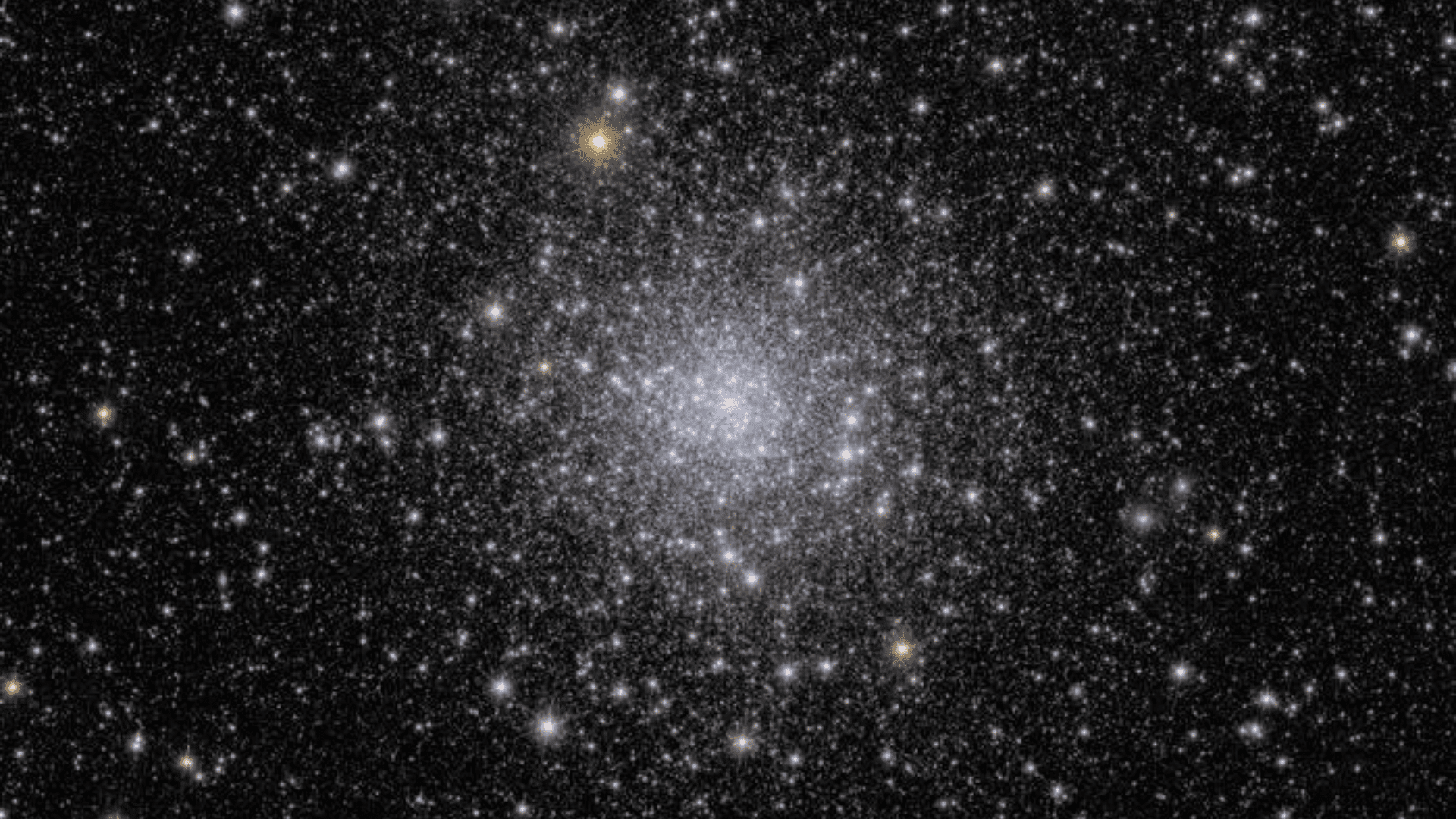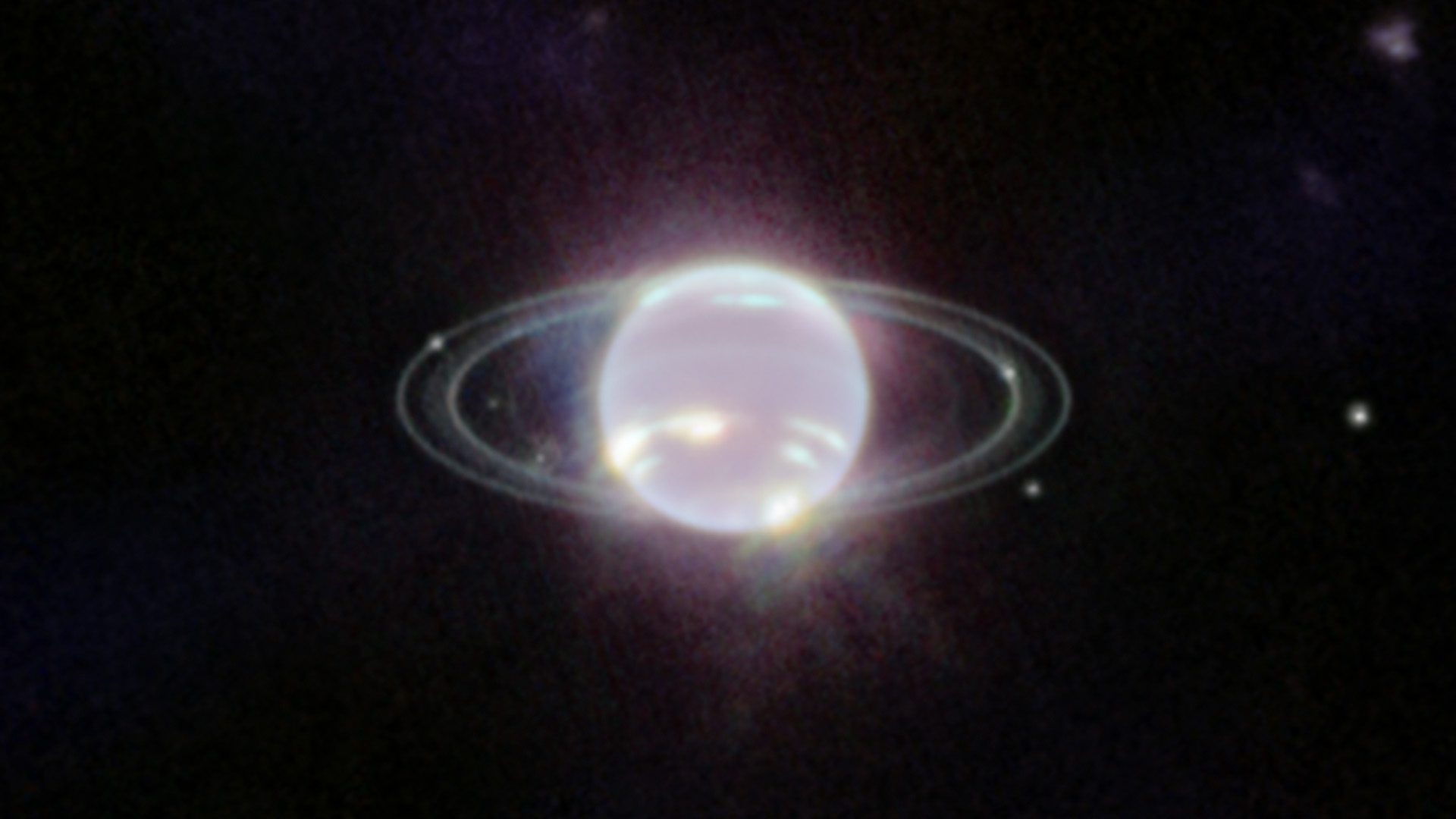A large galaxy ring was recently discovered approximately 9 billion light-years from Earth in the constellation of Boötes the Herdsman. The size and location of the structure could challenge our understanding of the universe.

Since the mid-1980s, astronomers have discovered huge connected clumps of galaxies that form clusters, walls, and threads sitting inside the cosmic web. The existence of these structures defies one of the most fundamental principles of physics. This is the cosmological principle which states that, if you zoom out far enough, all matter in the universe is spread out evenly.
Another of these large structures was recently discovered by University of Lancashire PhD student Alexia Lopez. Named the Big Ring, it was presented at the 243rd meeting of the American Astronomical Society this month.
The Giant Arc also lies in the constellation of Boötes the Herdsman, which is what calls into question that the Standard Model of Cosmology may not explain everything about the universe.
“Neither of these two ultra-large structures is easy to explain in our current understanding of the universe,” said Lopez. “Their ultra-large sizes, distinctive shapes, and cosmological proximity must surely be telling us something important—but what exactly?”
Lopez and her colleagues have speculated that the Giant Arc and Big Ring could collectively form an even bigger structure.
“Identifying two extraordinary ultra-large structures in such close configuration raises the possibility that together they form an even more extraordinary cosmological system,” she said.

Explore Tomorrow's World from your inbox
Get the latest science, technology, and sustainability content delivered to your inbox.
I understand that by providing my email address, I agree to receive emails from Tomorrow's World Today. I understand that I may opt out of receiving such communications at any time.
One theory that may explain these structures is cosmic strings or cracks that formed early in the history of the universe after its first expansion. These cracks could form networks or loops that show up as ultra-large structures.
Another possibility is that they follow a completely different cosmological model, called Conformal Cyclic Cosmology. This theory states that, rather than the universe beginning with the Big Bang and ending with a Big Crunch, the universe goes through several cycles that don’t necessarily end with a crunch.
This cosmological model states that matter becomes more diluted until the universe tapers out and is scaled down to another Big Bang moment. Each cycle may leave behind traces of the one before, which could be ultra-large structures.
Though experts will still adhere to the standard cosmological model as the best explanation for our universe, Lopez is confident that we aren’t just seeing these structures by chance.
“Yes, we can expect some occasional flukes in the cosmic structure but we’re now finding this accumulating set of really, really big structures,” she stated.
Lopez worked alongside her colleague Roger Clowes and collaborator Gerard Williger from the University of Louisville. They discovered the Big Ring by looking for bright and distant lights called quasars using the Sloan Digital Sky Survey.
As these lights travel across the universe through clouds of matter, galaxies show up as gaps in the measured quasar light. They can combine the position information with measurements of how far away the galaxies are to get a 3D map of the Big Ring.







